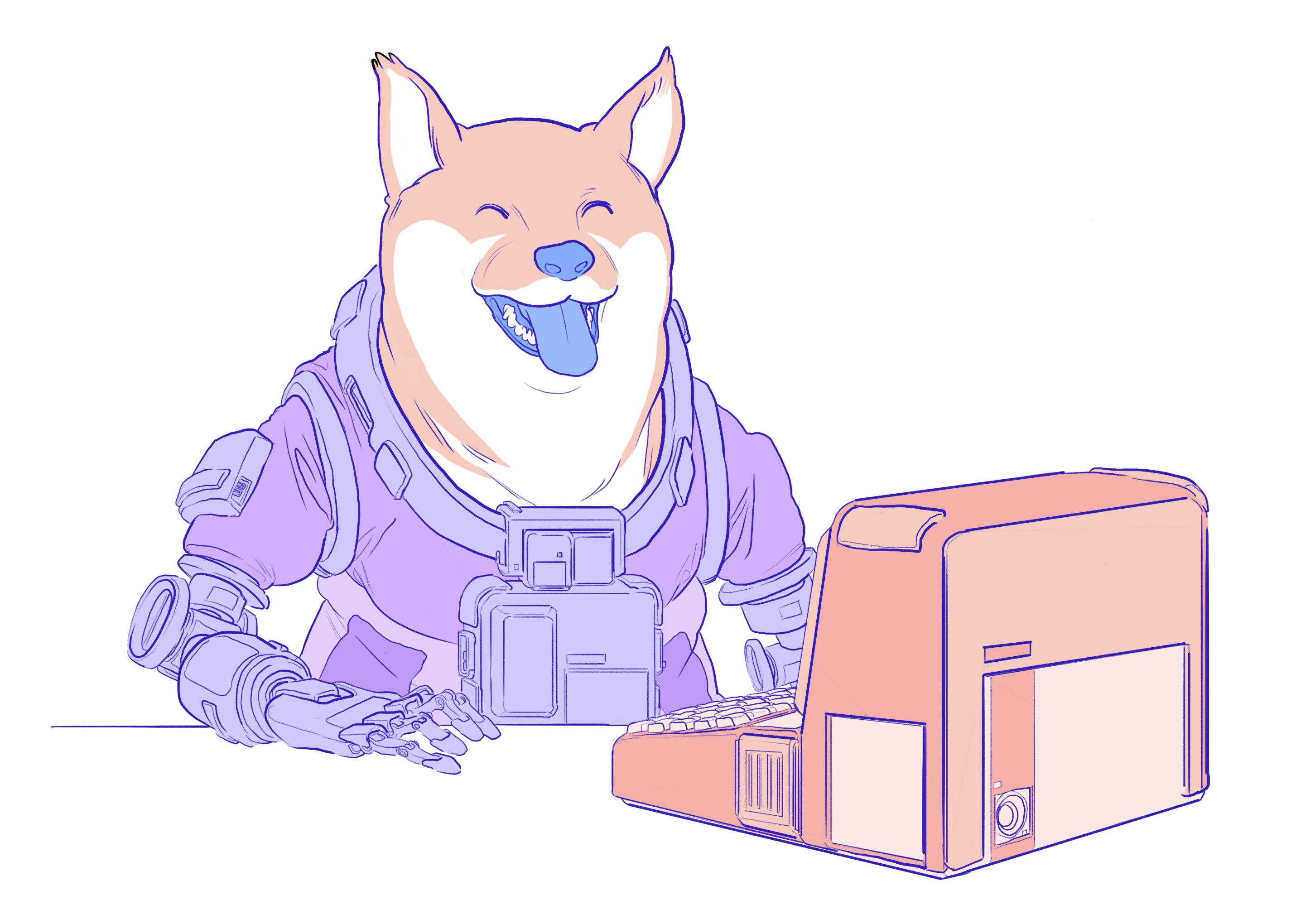Hello Ethereum community! It’s been a while since our last update, so we wanted to share what’s been going on at ethereum.org.
First of all, we’ve transitioned to Gatsby

At ethereum.org, we’ve moved from Vuepress to Gatsby. This change might not be immediately noticeable to visitors, but it will significantly enhance our ability to scale ethereum.org. Our team is more comfortable with React (and so are many others) and has experience with MDX, enabling us to deliver content more efficiently.
If you’re keeping track of the Eth2 roadmap, you could say that Gatsby represents our Phase 0, setting the stage for future achievements.
If you’ve never really liked Vuepress and prefer Gatsby, we invite you to contribute. This new section highlights opportunities for you to assist in the growth and enhancement of ethereum.org.
New illustrations

We have collaborated with independent artists to bring the spirit of Ethereum to life. With references to doge, the open-source market, and the money-legos meme, we hope you enjoy the fresh look of the site.
Feel free to use any of the illustrations – they are for the community!
Revamped page designs
We’re also enhancing our onboarding resources, including pages that introduce Ethereum, Ether (ETH), wallets, and dapps. Our goal over the coming months is to transform ethereum.org into a more valuable resource for newcomers. To achieve this, we are adding more information to these pages, ensuring they feel less like a “GitHub README“, and incorporating helpful features.
One of the features we recently launched is our Get ETH page. This assists users in locating wallets and exchanges for purchasing ETH based on their location, helping to prevent new users from signing up for exchanges they can’t use or downloading wallets that aren’t compatible with buying ETH. It’s all about minimizing friction!

So far, we’ve implemented:
Check them out and share your thoughts with us!
Introducing a new framework
One of our responsibilities at ethereum.org is to highlight the amazing contributions from the community – including dapps, wallets, and articles. However, we also want to ensure that we are steering users toward information that is clear and not overwhelming.
This sometimes requires a delicate balance. Therefore, we have developed a framework to help us determine what to include and what not to include. This framework addresses wallets and dapps, outlining our criteria for inclusion as well as our rationale.
The framework assesses a product’s commitment to security and support, along with some valuable features that can assist new users.
As with everything at ethereum.org, we value community feedback, so please share your thoughts!
ethereum.org reaches 30 languages
You might have already come across this in a previous announcement, but we now offer content in 30 different languages.
We’re grateful to 467 volunteers from 52 language groups who have made this possible. It is a remarkable community effort – here’s to the next 30!
You can learn more about the translation initiative and this achievement in the celebration post.
What’s coming next?
While many of you have been focused on yield farming, we’ve been preparing exciting new content!
In the upcoming months, we’ll be launching pages covering:
- Wallets
- Dapps
- Eth2
- Ethereum development documentation
- and much more…
So, we will be quite busy – until next time!
Get involved
ethereum.org is a community-focused project. If you’re interested in contributing, please check out our pages on contributing or our roadmap.








